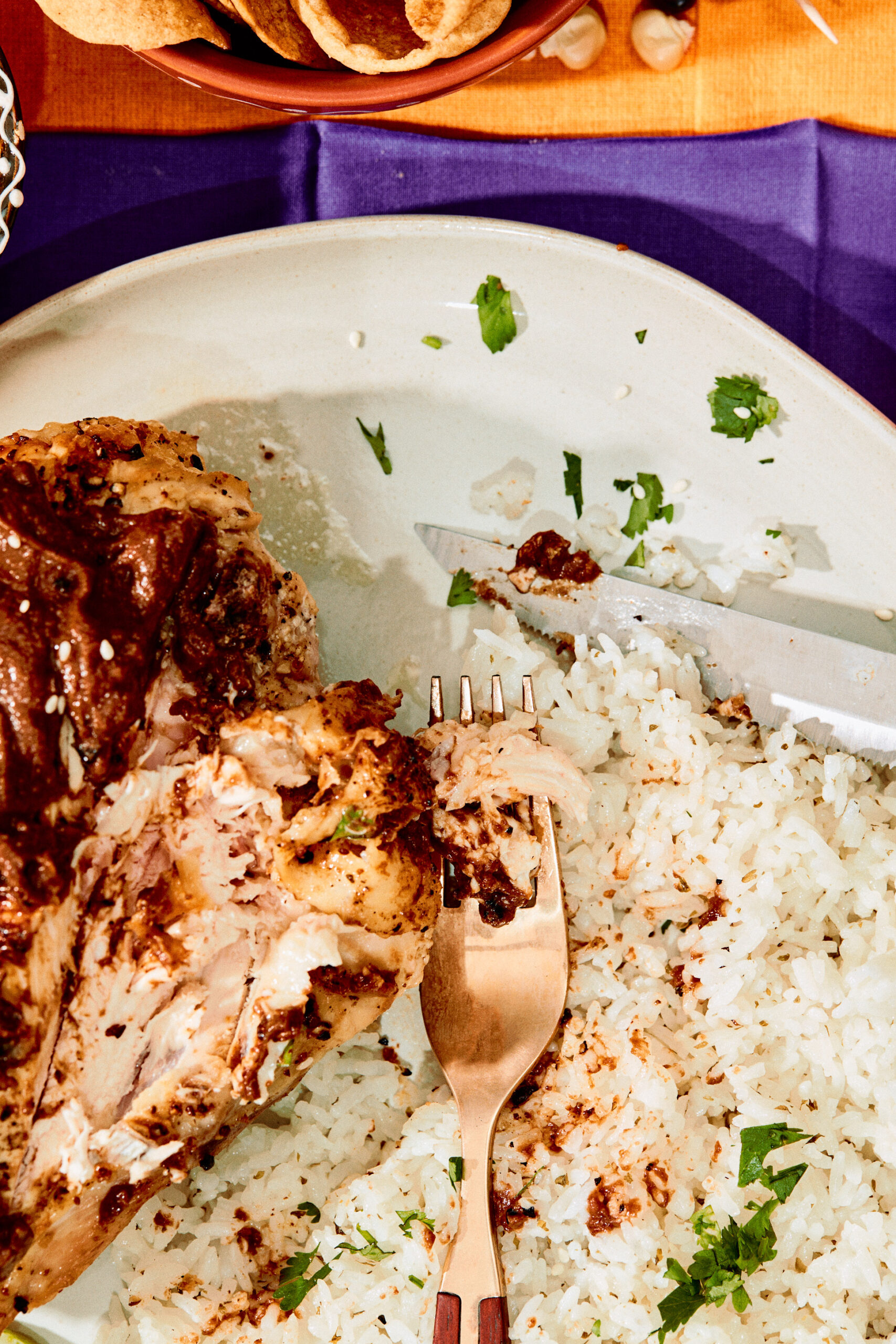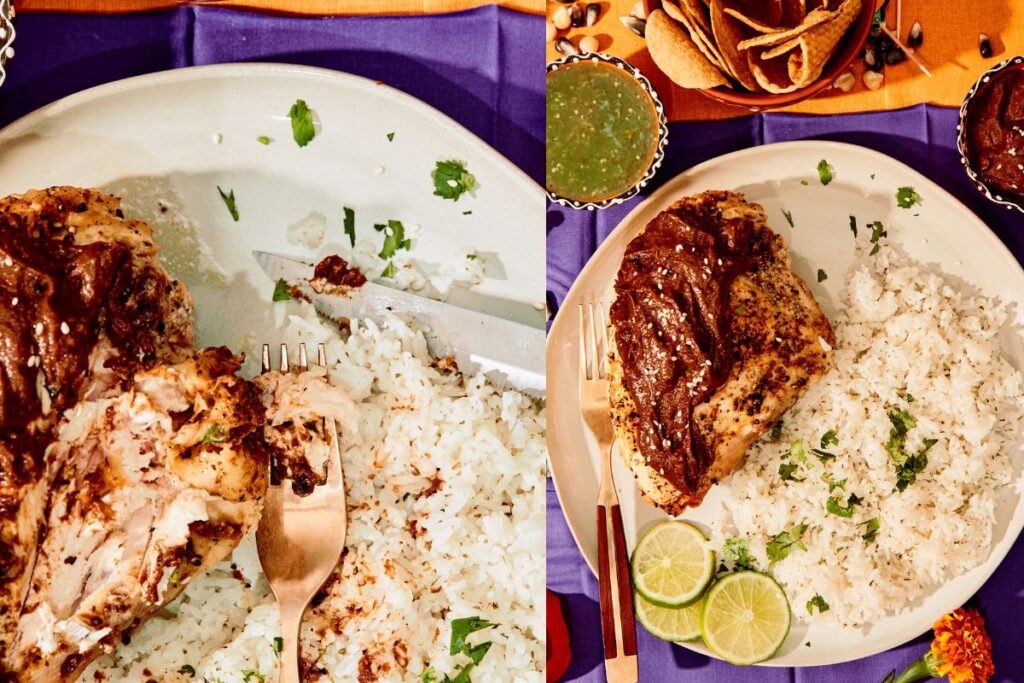
Why Perfect Food Photos Are Out — and Real Stories Are In
August 18, 2025

There was a time…let’s call it the Golden Era of Pinterest, when perfect food photos were at their absolute peak of perfection. You know the kind of pictures I’m talking about. The cookies were stacked just so, the cupcakes had frosting swirled like they’d been piped by angels, and the spaghetti sat on the plate without a single rogue noodle out of place.
And sure, it was pretty. It was aspirational. But it was also a little… deceiving.
Right now, we’re in a whole new chapter. One where people scroll through their feeds and pause not to admire how perfect something looks, but to ask, “Wait… is this even real?” Between filters, heavy retouching, and AI-generated everything, people crave something more trustworthy.
That’s exactly why styling food within an inch of its life feels a little dated. Honestly, it’s so 2013.
Perfect Can Actually Be… Boring
I know that sounds counterintuitive. Perfection is what sells, right? Not anymore.
If every plate of spaghetti looked exactly the same: same twirl, same sauce drip, same everything, we’d all get bored. That sameness flattens the emotional experience. Real life, and real food, is messy. And the mess is where the magic happens.
Think about the best burger you’ve ever had. Was the bun perfectly centered? Probably not. The cheese was likely oozing down one side. Maybe there was a streak of ketchup in a place ketchup “shouldn’t” be. But you didn’t care, because it tasted like heaven.
When you lean into imperfection, you invite connection. And connection is the one thing a perfectly polished, soulless image can’t fake.
When “Perfect” Feels Fake
There’s another problem with overly styled food: it can make people suspicious.
Perfect photos can look like they’re trying too hard. They create distance between the viewer and the food because there’s no evidence that a human—messy, unpredictable, wonderfully imperfect—was involved.
Case in point: a while back, a food stylist shared a trick for making pizza look gooey on camera. It went viral, but not in a “wow, what a cool tip” kind of way. Instead, the comment section lit up with people saying they felt manipulated. Some swore they’d never trust a pizza ad again. And honestly? I get it.
When people feel like they’re being tricked into wanting something, they resist. But when you show them something honest, they lean in. They trust what they see, and by extension, they trust you.
So How Do You Make Food Photography More Real?
Here are a few shifts I make when I want to capture food that feels authentic:
- Leave a little mess. A few crumbs, a sauce drip, a knife resting off to the side—they hint at real use.
- Show the process. Ingredients on the counter, a half-filled mixing bowl, or hands in motion bring people into the story.
- Play with angles. Not every shot needs to be perfectly centered or symmetrical.
- Use real portions. Over-stuffed plates or tiny, unnatural servings pull people out of the moment.
- Embrace texture. Natural imperfections—wrinkled berries, a charred edge—add depth and believability.
These choices create images that feel honest without sacrificing beauty. They make the viewer believe they could recreate what they’re seeing, and more importantly, that it would be worth the effort.
Why This Matters for Brands
If you’re a brand, here’s the truth: people are better than ever at sniffing out fakery. Overly perfect food shots can actually hurt your credibility, especially now that AI-generated images are flooding the internet.
When you show real, lived-in food, you’re signaling transparency. You’re saying, “We stand by our product exactly as it is.” That kind of confidence builds loyalty.
And loyalty, unlike fleeting clicks or likes, is what keeps people coming back.
Wrapping It Up
Perfect food photography had its moment, but it’s time to pass the torch. Real messy, imperfect, story-filled feels more human. It sparks connection. It invites trust. And it makes your audience hungry in a way a sterile, staged shot never could.
So if you’ve got a real story to tell through food, let’s tell it. Not with the pressure of perfection, but with the warmth of authenticity. The kind that makes someone stop scrolling, smile, and think, “I want that.”
Continue Reading
back to blog home